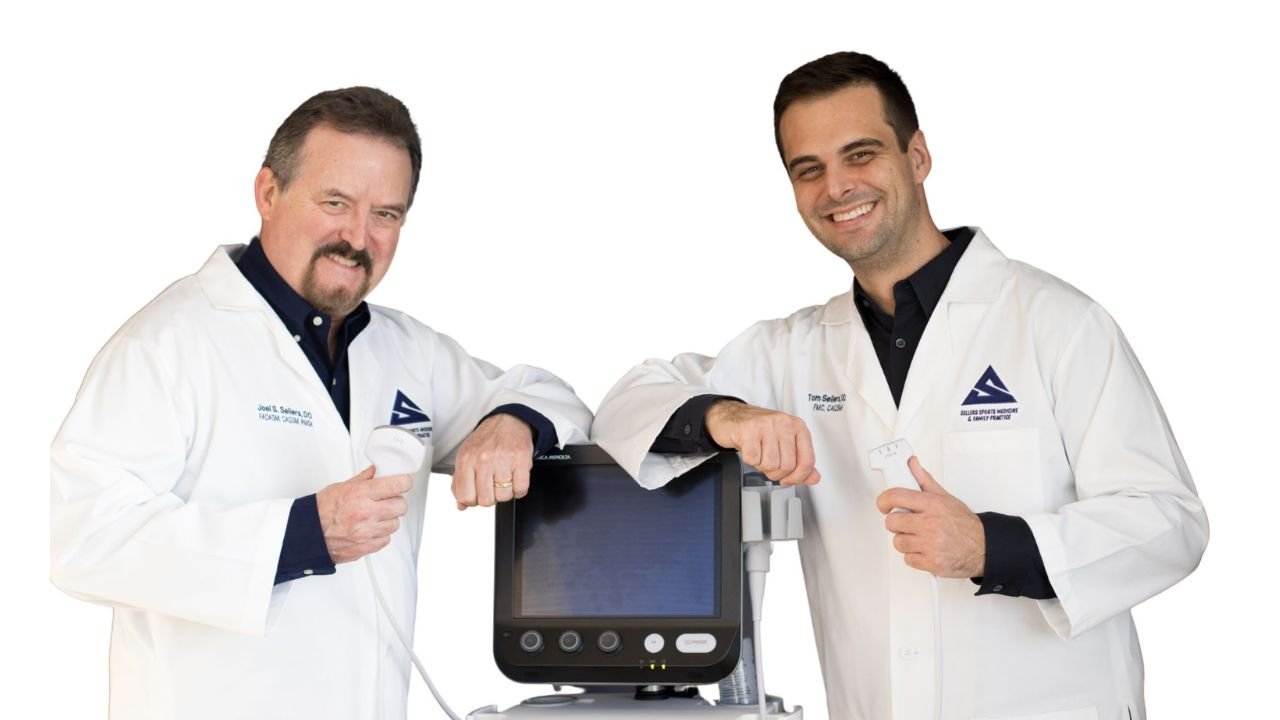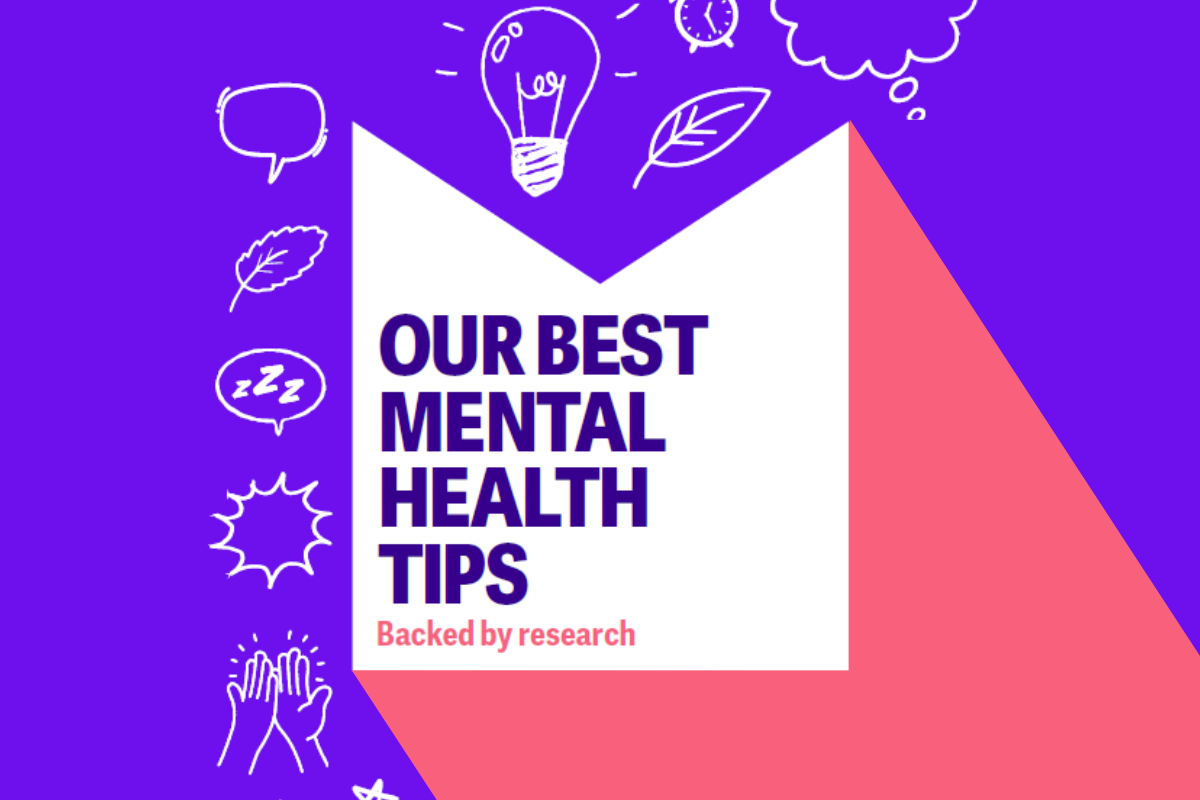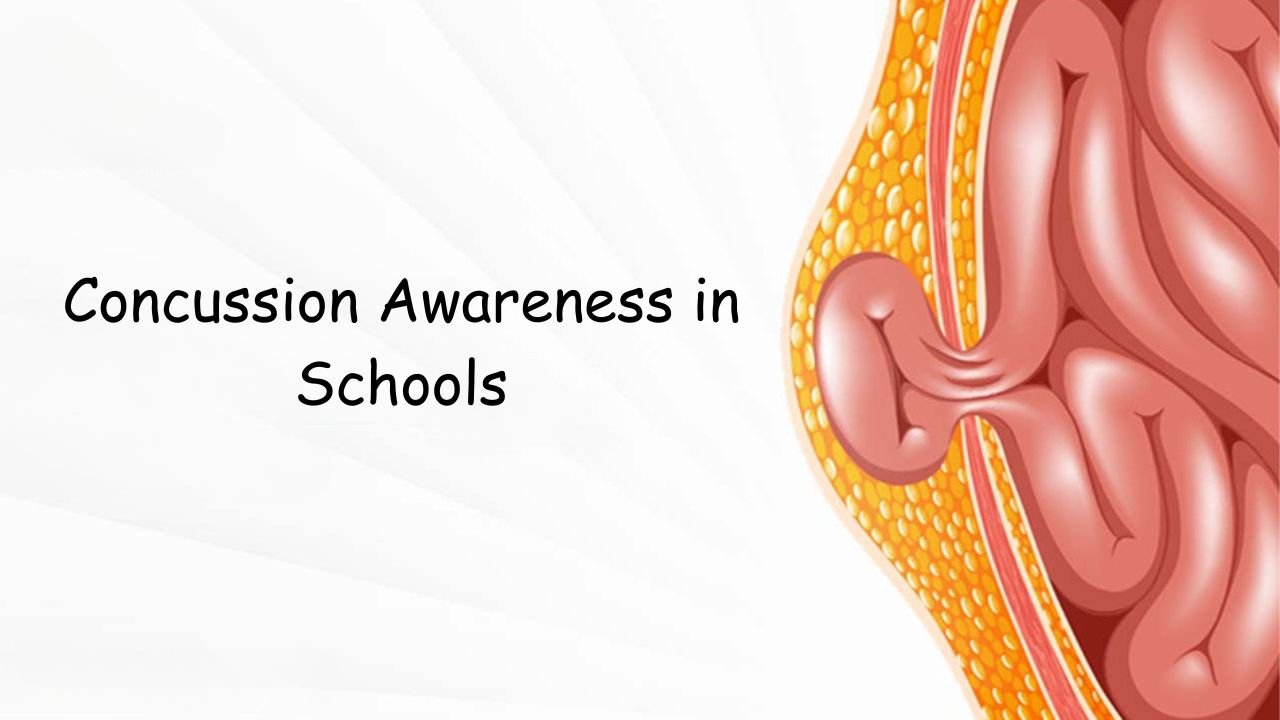An innovative treatment method that uses Platelet-Rich Plasma (PRP) therapy has developed to transform sports medicine. It provides a new opportunity to speed up the recovery process and enhance sport achievements of athletes. It is a guide on the practical use of PRP therapy that is capable of shedding light to athletic trainers, sports physicians, and physical therapists.
The Ins and Outs of Platelet-Rich Plasma (PRP) Therapy
The PRP therapy is a process within which the blood of a patient is filtered in order to activate normal processes of tissue repair. The platelets, best known as clotting units, also have growth factors which enhance healing of the soft tissues (tendons, ligaments and muscles), which make them similar to those found in blood. Through the direct transfer of a concentrated form of the platelets to the injury location, PRP therapy accelerates the capacity of the body to heal and recover the hurtful tissue. Some of the primary advantages of PRP in Sports Medicine are as given below:
- Speeds up healing of sport injuries.
- Limits the use of invasive measures.
- Increases the tissue regeneration, thereby helping the faster recovery of activity.
Uses of PRP in Sports Medicine
PRP treatment has been found to be effective in the treatment of various common sports injury giving it a less invasive way of recovery. Some of the conditions which are usually addressed using PRP include:
Ligament Sprains: PRP has an opportunity to assist the partial ligament sprains which are used in case of the ankle or knees and the reason is that it can help in the production of collagen and the funds in the tissues.
Muscle Tears: They are common with high impact sports and PRP is good in repairing the torn muscles and in lessening inflammation.
Tendonitis and Tendinopathy: Inflammatory diseases or tendinopathic diseases such as Achilles tendinopathy or tennis elbow can have a good effect on PRP, which restores tendons and reduces chronic pain.
Cartilage Damage: New findings hold that PRP has the potential to promote cartilage repair in joints that aids athletes on the early stages of osteoarthritis.
PRP Preparation and Administration Process
The process of PRP preparation and utilization is specific, and the current technological progress is used to maximize the outcomes. Areas in which higher concentrations of platelets can be obtained can be credited to advancement in the PRP technology, and one such development is the introduction of dual-spin centrifugation systems. Such advances will guarantee similar results on different patient groups. The PRP therapy steps are discussed below:
Blood Collection: A minimal sample of the blood of the patient is taken.
Centrifugation: A special centrifuge rotates the blood to move out the platelets and red and white cells to leave a concentrated plasma.
Use: The PRP to be used is injected in a precise point near the injury area using an ultrasound as a guidance tool.
The use of PRP in a Sports Injury Management Plan.
Incorporation of PRP into the current protocols by sports practitioners helps the recovery of athletes and simultaneously keeps an eye on injury prevention and well-being of an athlete as a whole. The treatment of sporting injuries using PRP therapy must be change as part of the whole body. Some of the considerations are given below:
Patient Selection: The patients who are fit to undergo PRP therapy are athletes whose chronic injuries could not be repaired with the use of conventional therapies and where surgical intervention is not an option due to the low-risk ratio.
Tailored Rehabilitation: The combination of PRP injections and individual physiotherapy packages will provide the most valuable long-term results.
Teamwork of Experts There will be comprehensive care by having a multi-disciplinary team consisting of physician, trainers, and therapists.
Risks and Contraindications
Although PRP is relatively non-problematic in terms of tolerability, it is essential to be aware of existing risks and contraindications. A careful examination of the patient, desirable technique and follow up on the patient reduces these risks and makes the patient safe. Some risks and contraindication are as shown below:
Risks and Side effects:
- Marginal pain, swelling or stiffness at the place of injection.
- Post-treatment temporary inflammation.
Contraindications:
- Active infections.
- Vicious systemic diseases.
- Platelet malfunctioning blood disorders.
Future of PRP in the Sports med field
With all the research making it a more comprehensible field, PRP therapy is about to become a standard in sports medicine and change the forms of recovery and performance of all athletes globally.The possibilities of PRP therapy keep evolving, with new avenues bringing stem cell synergy, more efficient delivery technologies, and preventive use.
The Innovative Empowerment of Athletes
PRP therapy is therefore a new step in the sports medicine industry because it provides sportsmen with new and improved treatment methods that can be guaranteed to have its positive effects. Whether they aid in quicker recovery after injuries or enhance their health in the long-term prospects, they are changing the world as we know it in terms of helping athletic performance. In case of athletic trainers, sports physicians and physical therapists, the integration of PRP therapy essentially remains at the cutting edge of innovation. PRP is not simply a treatment as it helps change the injury management paradigm; rather, it is a chance to bring a whole new level of care.



